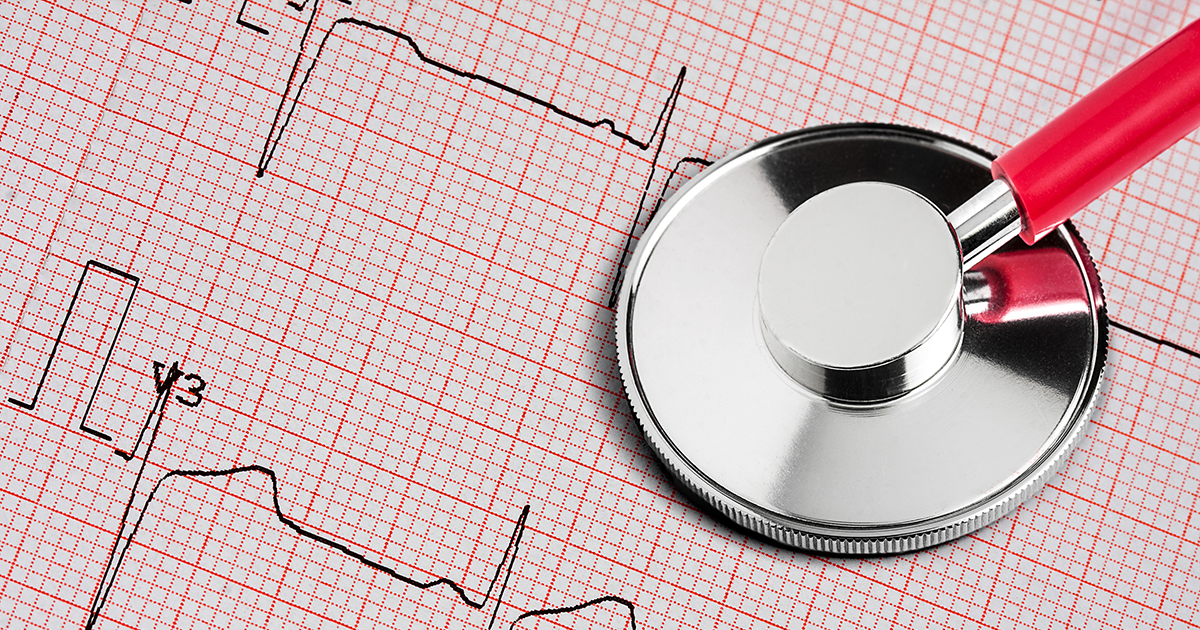The eyes are not only a window to the soul, they are also a window to your heart health.
The vessel structures in the eye share characteristics of those in the heart. There is a strong connection between cardiovascular risk factors and the occurrence or progression of several eye diseases, particularly those related to aging and chronic conditions such as age-related macular degeneration (AMD), glaucoma and diabetic retinopathy.
The eye is one of the only areas in the body where doctors have an unobstructed view of blood vessels. This means that, through an eye exam, your doctor can view any changes in the vessels and help flag any concerns with your body’s vascular system.
Let’s take a look at some red flags.
Shared Red Flags
For ophthalmologists, retinal vessels provide a view into what might be happening in the heart. A few of these red flags include:
- Changes in Microvasculature: A common side effect of cardiovascular disease in the eye is atherosclerosis or plaque on your heart’s artery walls. However, the small arteries in the retina and optic nerve can have plaque buildup as well. This causes the inside of the artery to narrow.
- Partial Artery Blockage: Another complication due to plaque buildup is emboli and occlusions—or blockages in the artery. These blockages can happen in the central retinal artery. Your eye doctor might see a small blockage, and the retina may appear fairly pale. If left undetected, this can cause complete vision loss. These blockages are caused by cholesterol breaking off in other parts of the vascular system.
- Complete Blood Flow Blockage: A complete block of blood flow may cause an ischemic event in the eye. This can cause sudden, partial or complete blindness.
- Cholesterol Deposits in or Around the Eyes: If you have high cholesterol levels, yellowish lumps can appear around the eyelids. High cholesterol increases your risk of stroke or heart attack.
Risk Factors Affecting Both Heart and Eye
There are several risk factors that can create damage in both the heart and the eye. If you’re having issues with one system, the other may be in harm’s way. It’s important to maintain a healthy lifestyle to avoid these issues.
- Hypertension: The majority of American adults over 60 have hypertension, according to the National Institutes of Health (NIH). Hypertension is associated with several eye diseases, such as damage to your retina (retinopathy), fluid buildup under the retina (choroidopathy) and nerve damage (optic neuropathy). As you can see, hypertension can damage your eyes, heart and vascular system.
- Cigarette smoking: Smoking is known to damage blood vessels and creates inflammation injuries. Damage to vessels affects both the heart and the eye. Beyond vascular damage, smoking is associated with dry eye syndrome.
- Obesity: Changes in fatty deposits, lipid metabolism, inflammation, genetic predisposition and inactivity likely contribute to some chronic eye and cardiovascular diseases.
- Diabetes: High sugar levels in your blood for a long time can harm the tiny blood vessels and larger ones in your eyes and heart.
Shared Preventions
Just as the eye and heart share similar risk factors, they also share similar preventative measures. A healthy lifestyle not only keeps your heart healthy but could save your eyesight.
Consider the following suggestions:
- Exercise regularly.
- Don’t smoke.
- Maintain a healthy weight.
- Limit trans fats.
- Eat foods high in omega-3 and fiber.
- Find healthy ways to manage stress.
- Keep blood pressure in a healthy range.
As you can see, the importance of regular eye exams extends beyond your vision. Through a painless and non-invasive view of the retina, your doctor can examine your eye’s vascular health.
Regular eye exams are not only important for the health of your eyes, but they could help detect some cardiovascular issues as well.

Dr. Chris Browning is a Greenwood native, who has been serving the community through glaucoma care and myopia management. He studied at Indiana University Bloomington and the Indiana University School of Optometry. As he has severe nearsightedness himself, Dr. Browning is passionate about helping others to achieve excellent vision.

